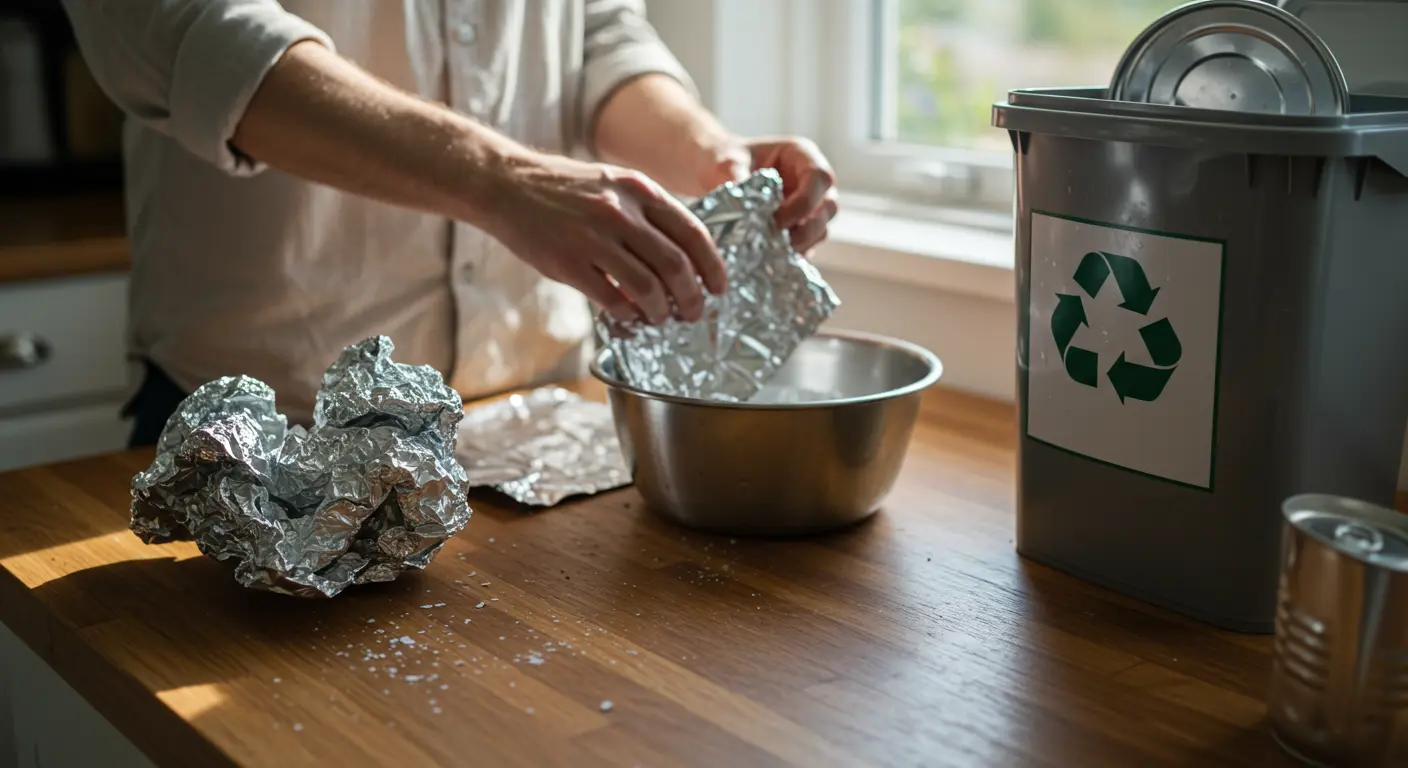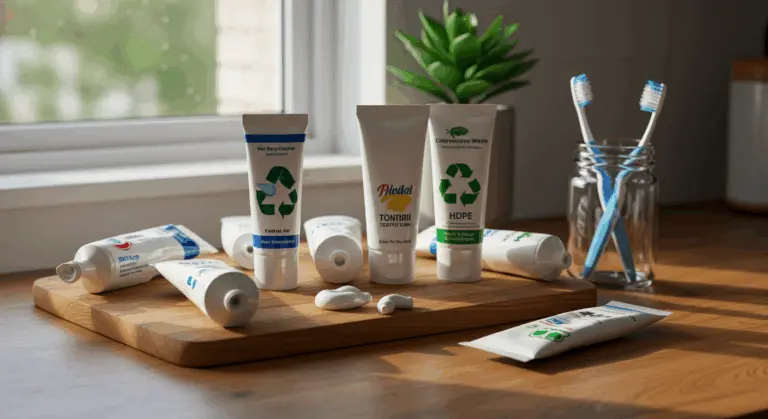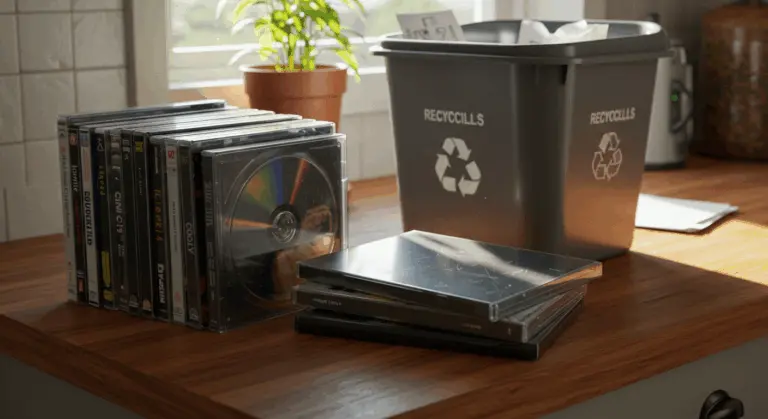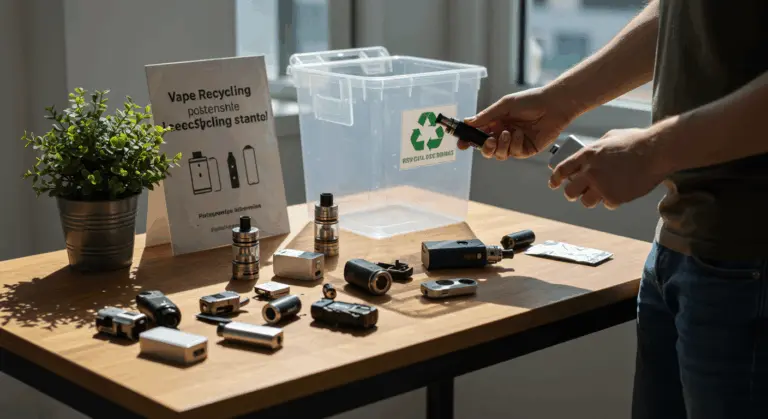What Makes Aluminum Foil Recyclable?
What makes aluminum foil truly remarkable is its infinite recallability—the metal can be melted down and reformed endlessly without losing its essential qualities like lightweight strength and corrosion resistance. This unique property positions aluminum as one of the most valuable materials in the recycling industry.
Yet here’s the catch: foil’s paper-thin profile, while perfect for wrapping leftovers and lining baking sheets, creates significant recycling hurdles.
Recycling aluminum offers a compelling advantage: consumes merely 5% of the energy needed to extract new aluminum from bauxite ore. This dramatic energy reduction makes recycling both economically compelling and environmentally crucial—demonstrating the circular economy’s potential.
How to Properly Recycle Aluminum Foil
Clean foil is essential for successful recycling. Thoroughly rinse away all food residue, removing stubborn oils and grease with mild dish soap. Contaminated foil? It’s destined for the landfill, not the recycling bin.
After cleaning and drying your foil, resist the urge to toss individual scraps into recycling. Instead, collect your clean pieces until you can compress them into a ball at least 2 inches in diameter.
Unsure whether you’re holding aluminum foil or metallized plastic film? Try the scrunch test. Compress the material in your hand—genuine aluminum foil will hold its crumpled shape, while plastic film springs back open like plastic wrap.
Common Contamination Issues with Aluminum Foil
Foil encounters more contamination problems than aluminum cans because it frequently harbors baked-on or greasy food residue. Think greasy pizza box liners or baking sheets with stubborn burnt-on remnants—these prove nearly impossible to clean thoroughly.
During the melting process, oils and grease introduce harmful impurities into recycled aluminum and can damage facility equipment. That’s why only pristine foil qualifies for recycling.
Where to Recycle Aluminum Foil
Most households can simply toss clean aluminum foil into their curbside recycling bins alongside other metals. Check your local guidelines, but accepted items often include:
-
Aluminum foil, disposable bakeware (e.g., muffin tins, lasagna trays), and cans
-
Tin cans
-
Foil yogurt tops
-
Clean paint cans and empty aerosol cans
-
Metallic wrappers that pass the “scrunch test” by staying crumpled when squeezed
If your local curbside program does not accept foil, other options include:
-
Community drop-off recycling centers
-
Collection points at participating grocery or retail stores
-
Local scrap metal dealers, which may pay by weight for large quantities
Always check with your local waste management department or use a recycling app for specific guidelines, as policies vary. Remember, all foil must be clean, regardless of where you recycle it.
The Future of Aluminum Foil Recycling
Economics drives aluminum foil recycling’s trajectory. When the costs of collecting, sorting, and processing thin or contaminated foil exceed the recovered metal’s value, facilities often exclude it entirely.
New technologies may change this situation. Current recycling demands industrial furnaces capable of melting aluminum above 1221°F (660°C) in oxygen-starved environments—a process that’s both impractical for small-scale operations and costly for industrial facilities.
Advanced sorting technologies could transform how we recover even the smallest foil fragments. Meanwhile, as new aluminum production faces mounting environmental scrutiny, the economic argument for recycling every scrap of foil grows stronger.
Consumer education is equally important. When people understand proper cleaning techniques, contamination rates plummet, making more foil economically viable for recycling. Strategic incentive programs could further boost recovery rates.
While countless small or thin foil pieces currently end up in landfills, emerging technology, shifting economics, and evolving consumer habits suggest a promising future for aluminum foil recycling’s future.




